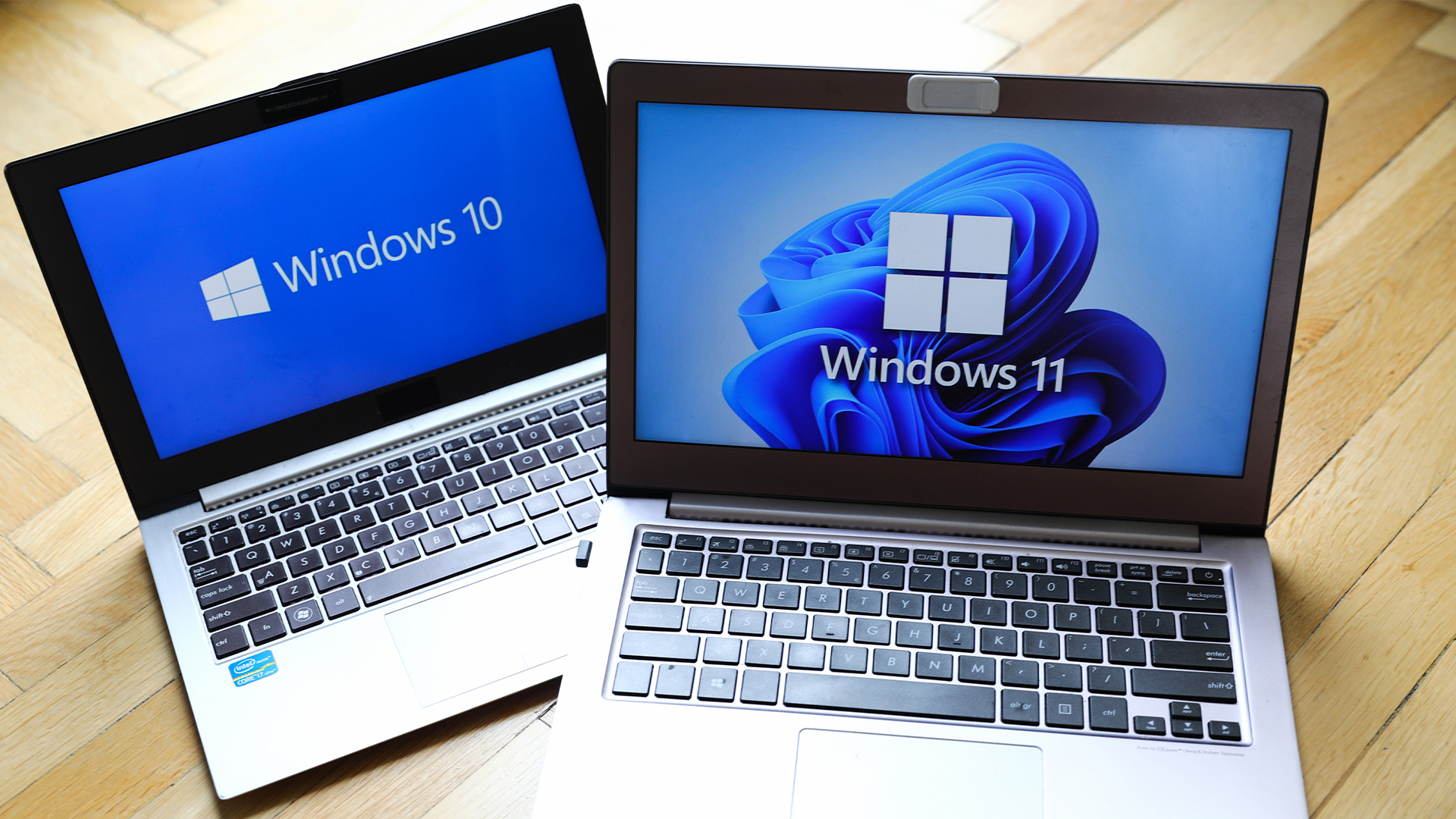Motorola Defy review
Motorola's latest Android smartphone is comparatively inexpensive, but is it still worth buying an Android 2.1 handset when 2.2 models are available for around the same price? Read on to find out.
There's plenty to like about Motorola's Defy – the screen is fantastic, it's compact and light and the unobtrusive toughened exterior should help it last. Even if you don't need the MotoBlur social networking aggregation, Motorola's other software tweaks, such as the improved keyboard, help make Android 2.1 feel more up to date. The phone can feel slightly sluggish though and the WiFi problems are worrying.Nevertheless, the Defy is still good value on a contract. Our favourite budget Android handset is still the Acer Liquid Metal. Although its customised Android interface is arguably more convoluted, it feels more responsive due to its faster processor and it comes with Android 2.2. It's not currently available on contract though and costs around £50 more than the Defy when purchased SIM-free.
We had one big problem during testing the phone refused to connect to our 802.11g WPA-encrypted wireless network. We had more luck with an 802.11n router, but this would still drop the connection occasionally. A quick internet search shows this is a relatively common problem, so we hope Motorola addresses this with an update.
The Defy had no problem acting as a hotspot, though. Since the Defy uses Android 2.1 rather than 2.2, this is accomplished through a separate 3G mobile hotspot app. This lets you share the phone's 3G data connection over WiFi, and encrypt the connection with WPA. You can only do this on an iPhone by jailbreaking it.
As you'd expect, it's very simple to set up Google Mail and integrate Google's Calendar with the phone's. We also had no problems with our Exchange Server 2003 account unlike Windows Phone 7, Android lets you have a space in your Exchange username. We could also send and reply to meeting requests for both Exchange and Google from within the calendar application, although recipients of meeting requests on our Exchange Server 2003 email server sometimes had trouble reading them.
The Defy can read PDFs as well as Microsoft Word, Excel and PowerPoint 2003 and 2007 files, but not edit them. You'll need to buy a document editing suite such as Quickoffice Mobile Suite (6.44 from the Android Market) to change your Office documents.
The Defy works well as a music player you can just copy files onto it in Windows Explorer and the phone will find them, or you can enable the Media Transfer Protocol and copy tunes and video over using Windows Media Player. Video support was less impressive; while our iPhone-format MP4 files were fine, XviD videos wouldn't play. Installing the excellent RockPlayer from the Market (6.43, free ad-supported) fixed this, but we still couldn't use hardware video acceleration for smooth playback.
Test shots taken with the 5-megapixel, flash-equipped camera were pretty standard for a smartphone. Photos had reasonable colour balance but a slightly flat quality. There's 4GB of storage for apps and media 2GB built-in and a 2GB microSD card which can always be swapped out for a larger capacity card.
The battery is very good lasting 44 hours and 15 minutes in our MP3 playback test. This is only a couple of hours behind the exemplary iPhone 4.
If you're looking for a new handset, then you should really compare pay as you go mobiles on the web. At Dialaphone they have deals from all of the top manufacturers and networks.
Verdict
There's plenty to like about Motorola's Defy – the screen is fantastic, it's compact and light and the unobtrusive toughened exterior should help it last. Even if you don't need the MotoBlur social networking aggregation, Motorola's other software tweaks, such as the improved keyboard, help make Android 2.1 feel more up to date. The phone can feel slightly sluggish though and the WiFi problems are worrying. Nevertheless, the Defy is still good value on a contract. Our favourite budget Android handset is still the Acer Liquid Metal. Although its customised Android interface is arguably more convoluted, it feels more responsive due to its faster processor and it comes with Android 2.2. It's not currently available on contract though and costs around £50 more than the Defy when purchased SIM-free.
Connectivity: GSM 850/900/1800/1900, 3G 900/2100 Display: 854 x 480 pixels, 3.7 inches OS: Android 2.1 with MotoBlur Camera: Five megapixels GPS: A-GPS Processor: 800MHz Bluetooth: v2.1 + EDR Wi-Fi: 802.11 b/g/n Memory: 2GB internal, 2GB microSD card Dimensions: 59 x 107 x 13 mm Weight: 118g Battery: Li-Ion 1500 mAh
Get the ITPro daily newsletter
Sign up today and you will receive a free copy of our Future Focus 2025 report - the leading guidance on AI, cybersecurity and other IT challenges as per 700+ senior executives
-
 AI is helping bad bots take over the internet
AI is helping bad bots take over the internetNews Automated bot traffic has surpassed human activity for the first time in a decade, according to Imperva
By Bobby Hellard Published
-
 ‘We are now a full-fledged powerhouse’: Two years on from its Series B round, Hack the Box targets further growth with AI-powered cyber training programs and new market opportunities
‘We are now a full-fledged powerhouse’: Two years on from its Series B round, Hack the Box targets further growth with AI-powered cyber training programs and new market opportunitiesNews Hack the Box has grown significantly in the last two years, and it shows no signs of slowing down
By Ross Kelly Published
-
 Dragging your feet on Windows 11 migration? Rising infostealer threats might change that
Dragging your feet on Windows 11 migration? Rising infostealer threats might change thatNews With the clock ticking down to the Windows 10 end of life deadline in October, organizations are dragging their feet on Windows 11 migration – and leaving their devices vulnerable as a result.
By Emma Woollacott Published